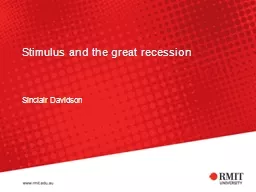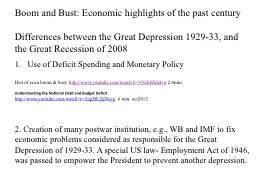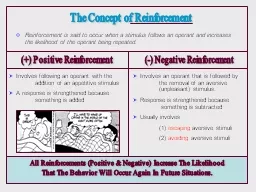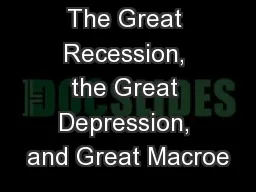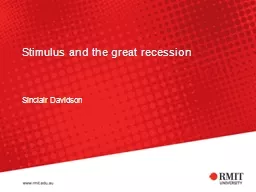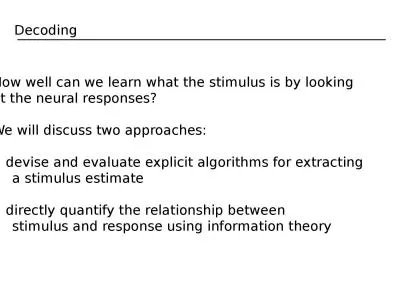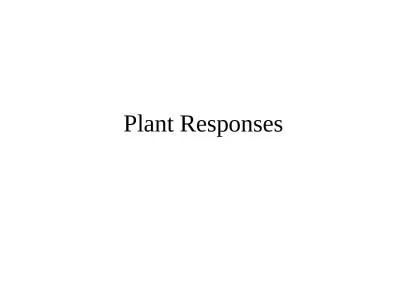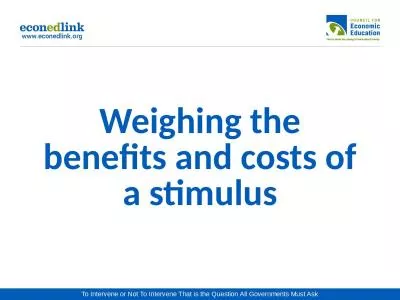PPT-Stimulus and the great recession
Author : giovanna-bartolotta | Published Date : 2016-02-19
Sinclair Davidson On the use of language RMIT University 2013 Economics Finance and Marketing 2 RMIT University 2013 Economics Finance and Marketing 3 Adam Smith
Presentation Embed Code
Download Presentation
Download Presentation The PPT/PDF document "Stimulus and the great recession" is the property of its rightful owner. Permission is granted to download and print the materials on this website for personal, non-commercial use only, and to display it on your personal computer provided you do not modify the materials and that you retain all copyright notices contained in the materials. By downloading content from our website, you accept the terms of this agreement.
Stimulus and the great recession: Transcript
Download Rules Of Document
"Stimulus and the great recession"The content belongs to its owner. You may download and print it for personal use, without modification, and keep all copyright notices. By downloading, you agree to these terms.
Related Documents

